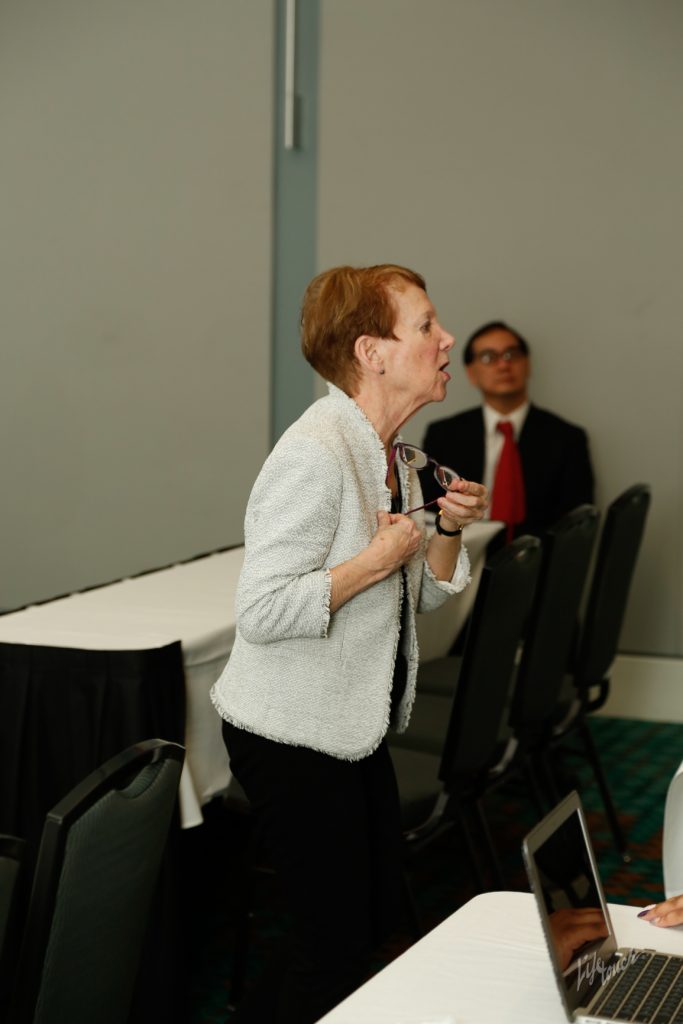School districts hoping to improve their human capital practices will be confronted by three startling facts, which were the basis of a preconference session at AASA’s national conference in Nashville on Wednesday afternoon.
The first deals with teacher absenteeism. Although a great deal of attention has been placed on student absenteeism, many school districts do not collect accurate data on the rate of teacher absenteeism by teacher and by school, said Craig Chin, human capital partner of Urban Schools Human Capital Academy, during The Superintendent’s Overview of Human Capital workshop. “Yet we know teachers and principals have the biggest impact on student achievement.”
He suggested it should be cause for significant concern when the average rate of teacher absenteeism is high. At traditional public schools, the average is more than 10 days, according to a recent study he cited by the Fordham Institute. Chin recommending superintendents access the study for details and he urged district and site administrators to track this data.
The second reality that blocks easy reforms to human capital is the dearth of quality candidates entering the K–12 education profession.
“Although districts typically believe they will get stronger candidates through teacher-prep programs rather than alternative certifications, there is no data to support that teacher-prep programs are producing better candidates,” Danielle Pickens, chief program officer for USHCA, said. “Instead, look at where your successful teachers are coming from. You might see that alternative pathways are serving your district well.”
The third reality is the fierce competition for the strongest job applicants. The early bird gets the worm.
“Districts that get the highest-quality candidates start their recruiting practices earlier than neighboring districts,” Chin said. “Districts look at data for the past five years and estimate roughly how many teachers they typically hire in specific areas.” This is supported by data-gathering at the school level where principals report whether they are adding new programs or expecting teachers to retire.
“In many central offices, there is a dearth of expertise on human capital,” said Betsy Arons, CEO of USHCA and a former director of human resources in several large school systems, including Montgomery County, Md. The good news is that central offices can tap into the expertise of research and best practice, which includes visiting schools at least twice a year to speak with principals, surveying principals on how the central office can service them better and streamlining personnel practices that eat up staff time.
Often, districts must ask themselves if multiple signoffs are really necessary. In New York City, it took six weeks to get a newly hired employee on the payroll because of an excessive number of approvals, according to Arons. It wasn’t too difficult to streamline the process considerably.
Because principals wear many hats, including instructional leader and human capital developer, the central office has a major role to play in supporting them. Principals ought to have data that helps them consider who are the best and weakest teachers in their schools. Who do they want to retain and who may need more support?
The Urban Schools Human Capital Academy has developed an open-access website with more than 50 tools for human resources visioning and assessment, planning and organization, and implementation strategies.
(Liz Griffin is senior editor of Conference Daily Online.)

